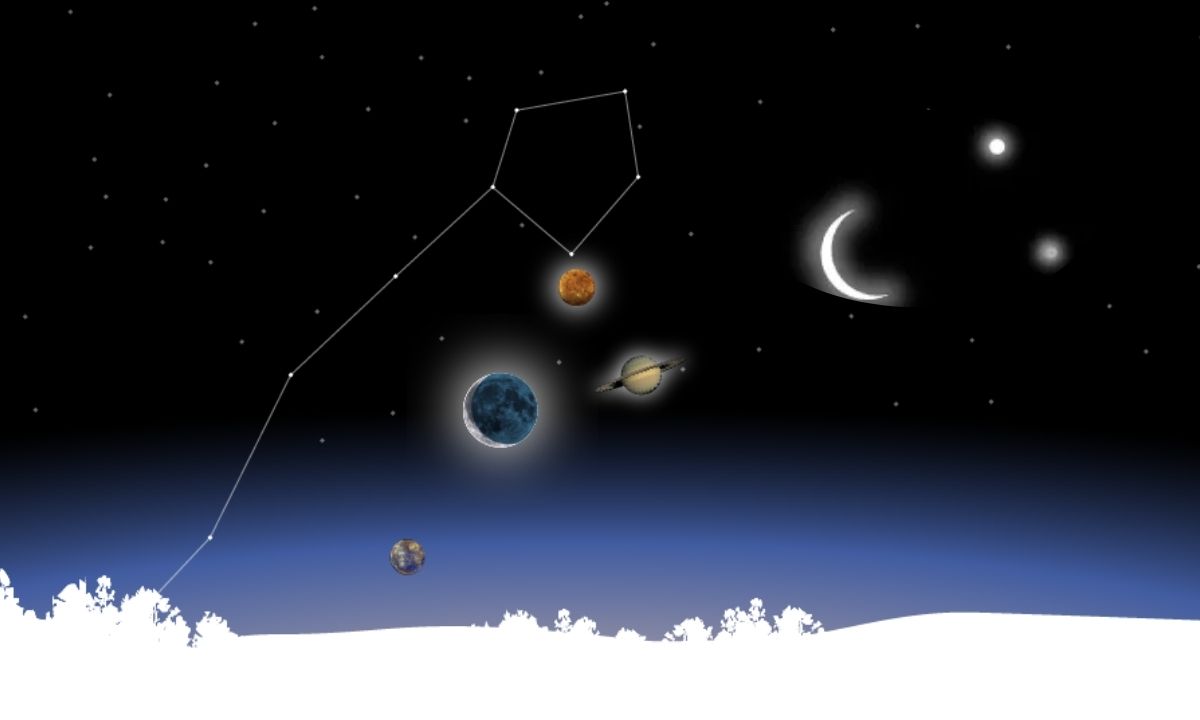The Lyrid meteor shower returns every April, bringing exciting streaks of light across the sky. While it isn’t the biggest meteor shower of the year, it’s a great chance for stargazers to enjoy some celestial fireworks after the quiet winter months.
Key Dates for Viewing the Lyrids
This year, the Lyrids will be active from April 15 to April 25, 2025, with the peak viewing period expected from the night of April 22 to the early morning of April 23. To get the best view, head out during the early hours of April 23, when the radiant point is highest in the sky.
Where to Look for the Lyrids
The Lyrids radiate from the Lyra constellation, near the bright star Vega, one of the easiest stars to spot in the northern hemisphere. After midnight, look east or northeast. Meteors can appear anywhere in the sky, so keep your eyes moving. No telescope or binoculars are needed — the best way to watch is with the naked eye.
How Many Meteors Can You Expect?
On a dark, moonless night, you can expect to see 10-15 meteors per hour. However, during bursts, the number may jump to as many as 100! Though the moon will be bright in the sky during the early hours, it won’t rise until around 4:00 AM, giving you a few hours of uninterrupted meteor watching.
What Causes the Lyrid Meteor Shower?
The Lyrids are caused by Earth passing through a trail of debris left by Comet Thatcher. This comet orbits the Sun roughly every 415 years, last coming close to the Sun in 1861. When bits of comet dust and rock enter Earth’s atmosphere, they burn up, creating the bright streaks of light we see as meteors.
The Ancient Origins of the Lyrids
The Lyrid meteor shower is one of the oldest recorded showers, with Chinese astronomers observing it over 2,600 years ago. This long history adds a sense of wonder to this annual event, connecting us to ancient stargazers.
Tips for a Successful Meteor Watch
To enjoy the Lyrids to the fullest, follow these simple tips:
- Find a dark spot: Get away from city lights to reduce light pollution.
- Allow your eyes to adjust: It takes 20-30 minutes for your eyes to fully adjust to the dark.
- Dress warmly: Early mornings can still be chilly, even in spring.
- Get comfortable: Lie back on a blanket or recline in a chair to scan the sky comfortably.
- Be patient: Meteor showers come in bursts, so it may take time to spot a good one.
If you’re having trouble locating the right part of the sky, consider using a star map app like Sky Guide, Star Walk 2, or Stellarium. These apps can help you find Vega and Lyra using augmented reality.
Is This the Best Meteor Shower of the Year?
While the Lyrids are exciting, they aren’t the most active meteor shower. That honor typically goes to the Perseids in August or the Geminids in December, which can produce over 100 meteors per hour. However, the Lyrids are the first significant meteor shower of the year, making them a special treat for northern hemisphere stargazers. And for those in the UK, they fall during the school holidays, offering the perfect chance for family stargazing.




